クイックスペック
Speosは、International Commission on Illumination(CIE)により、光モデリングソフトウェアの精度を評価し、Ansys Speosの性能面でのメリットを示すCIE 171:2006テストケースに対する評価が行われています。
Ansys Speosは、直感的で包括的なユーザーインターフェースを備えることで、シミュレーションプレビューにGPUを使用して生産性を向上させ、Ansysマルチフィジックスエコシステムに簡単にアクセスできるようになります。
Speosは、International Commission on Illumination(CIE)により、光モデリングソフトウェアの精度を評価し、Ansys Speosの性能面でのメリットを示すCIE 171:2006テストケースに対する評価が行われています。
2025年1月
最新リリースのAnsys Speosでは、光学設計およびシミュレーションのワークフローを再定義する大幅な機能改善が追加されました。このリリースでは、AxF材料フォーマットのサポート、自動化のためのPySpeosの統合、高度な光学レンズ設計を実現することで、さまざまな業界のエンジニアや設計者に比類のない柔軟性、精度、効率をもたらします。
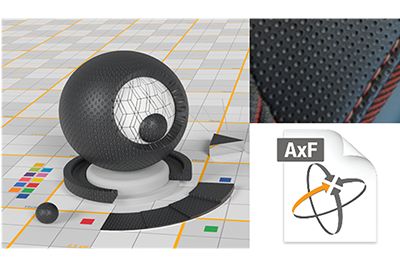
Ansys Speoでは、豊富な材料外観データセットをシミュレーションに直接組み込むAxF(Appearance eXchange Format)のサポートが追加されたことで、現実に極めて近い結果を得られるようになりました。この機能は、材料外観データの管理および共有プロセスを簡素化する移植可能なMA-T12を含む、X-Riteスキャナエコシステムとの互換性を提供することで、ワークフローを効率化します。
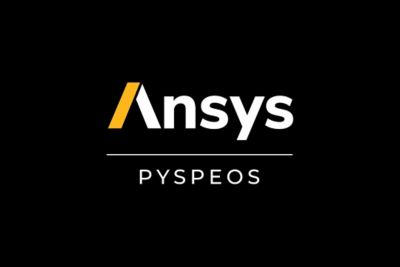
PythonベースのAPIであるPySpeosは、Ansys Speosの機能を強化します。PyAnsysエコシステムを通じてコア機能に直接アクセスできるようになります。開発者は複雑なワークフローを自動化し、カスタムツールを使用してSpeosにアクセスできるようになり、これまで使用していたグラフィカルインターフェースやCADソフトウェアが不要になります。PySpeosは、2025 R1からGitHubで公開されます。
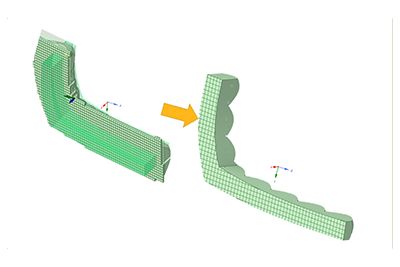
Speos 2025 R1では、ヘッドライト用の光学レンズを定義する高度な機能を備えているため、設計上の制約に対処しながら、光注入の設計と最適化が可能になります。主な機能には、入射光を分散させて方向を変える最新のTIRレンズ設計、均一性の管理、設計時の光学レンズのトリミングと成形のためのツールがあります。
MAZDA3の新世代車両で、室内およびライトの開発のためにSpeos 3D光学解析を活用

新型MAZDA3の開発には、照度の推奨事項を判断し、解析を行うための新しい方法が必要でした。これには開発サイクルの早い段階で実際の光の照度を評価することが必要であるため、マツダ社はAnsys Speosを導入することに決めました。Speosの導入により、マツダ社は、より最適な室内設計を見つけながら、プロジェクトあたりに必要となる95,000ドルの車両プロトタイプの数を平均で3台削減できました。
マツダ社は、Speosのソリューションにより、光の量と波長を1つのシミュレーションで正確に解析し、反射特性を正確に解析し、2次元の輝度分布を再現して定量化することで、精度を犠牲にすることなくシミュレーションを行うことができました。Speosを採用したことで、マツダ社はより良い最終製品を開発できるだけでなく、プロセスの早い段階で詳細な設計の選択に関与できるようになりました。マツダ社のエンジニアは、大量生産に向けた機能の最適化、時間とコストの節約、サプライヤーとのSpeosシミュレーションによる正確な仕様決定によって、より効率的な開発プロセスを実現します。
機能
仮想モデルのライトをオンにして、3Dでの光の伝播を直感的に探索します。Speos Live Preview機能にはシミュレーション機能とレンダリング機能が備わっているため、製品をインタラクティブに設計できます。初回からシミュレーションを正しく実行し、光学面、ライトガイド、光学レンズを自動的に設計することで、反復時間を短縮し、意思決定プロセスをスピードアップします。性能仕様に合わせて、Speosは強力な光解析機能と電磁スペクトル全体の照明評価機能を組み合わせ、人間の視覚能力に基づいた高忠実度の可視化を可能にします。これらの可視化をバーチャルリアリティに展開して、完全に没入型のレビュー体験を実現します。
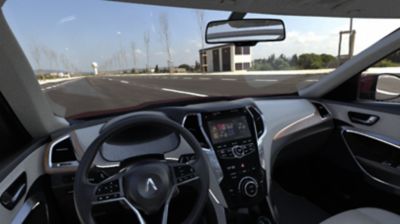
Ansys Speos光学設計ソフトウェアは、システムの光学性能を独自にシミュレーションし、人間の視覚に基づいて最終的な照明効果を評価します。
Speosのリソースおよびイベント
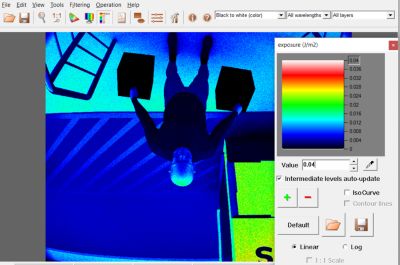
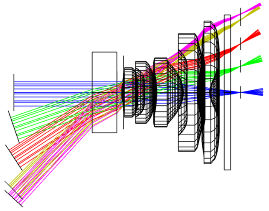
このウェビナーでは、光学コンポーネントと非光学コンポーネントの両方からの迷光を解析するための、Ansysの光学シミュレーションツールを使用した体系的なアプローチを紹介します。

10月12日に、AnsysのシニアアプリケーションエンジニアChristophe Weisseが、OpticStudioのコントラスト最適化機能を用いてMTFを最適化するための代替手法を提供することによって、これらの問題をどのように解決するのかを実証します。

このウェビナーでは、高精度なサブ波長フォトニックコンポーネント、光学コンポーネントの特性評価、および人間の視覚の解析を必要とするARシステムの設計において、Ansysのクラス最高の光学ツール(Zemax、Speos、Lumericalなど)がどのように連携して相互運用ワークフローを実現するのかを示します。
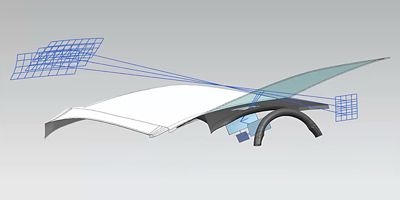
このウェビナーでは、生産性の向上、Speos GPUアクセラレーション、結果エクスペリエンス、センサーと自動運転、光学部品設計、およびAnsys統合機能の最新の機能アップデートについて説明します。
Ansysは、障がいを持つユーザーを含め、あらゆるユーザーが当社製品にアクセスできることがきわめて重要であると考えています。この信念のもと、US Access Board(第508条)、Web Content Accessibility Guidelines(WCAG)、およびVoluntary Product Accessibility Template(VPAT)の最新フォーマットに基づくアクセシビリティ要件に準拠するよう努めています。
エンジニアリング課題に直面している場合は、当社のチームが支援します。豊富な経験と革新へのコミットメントを持つ当社に、ぜひご連絡ください。協力して、エンジニアリングの障害を成長と成功の機会に変えましょう。ぜひ今すぐお問い合わせください。